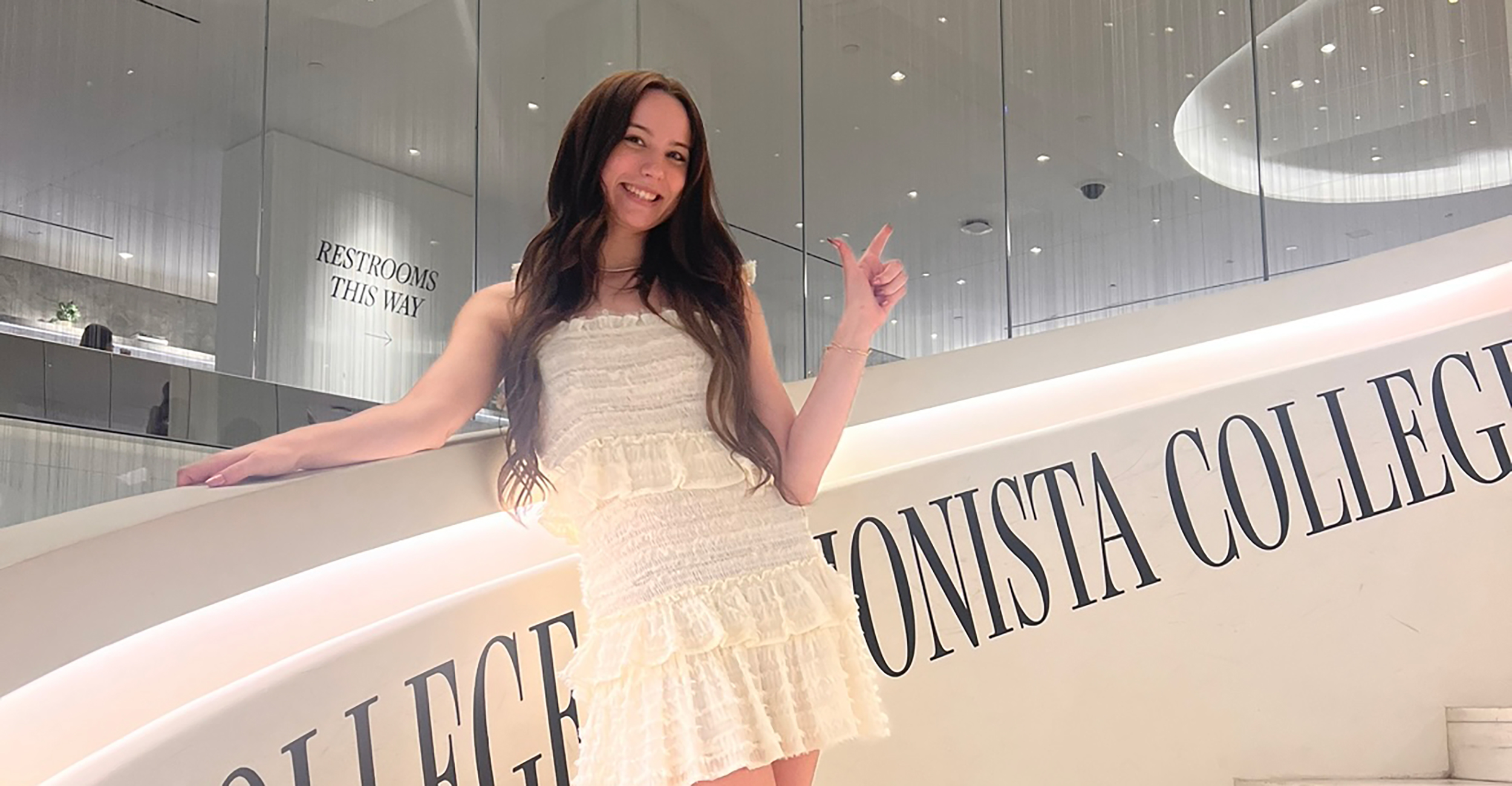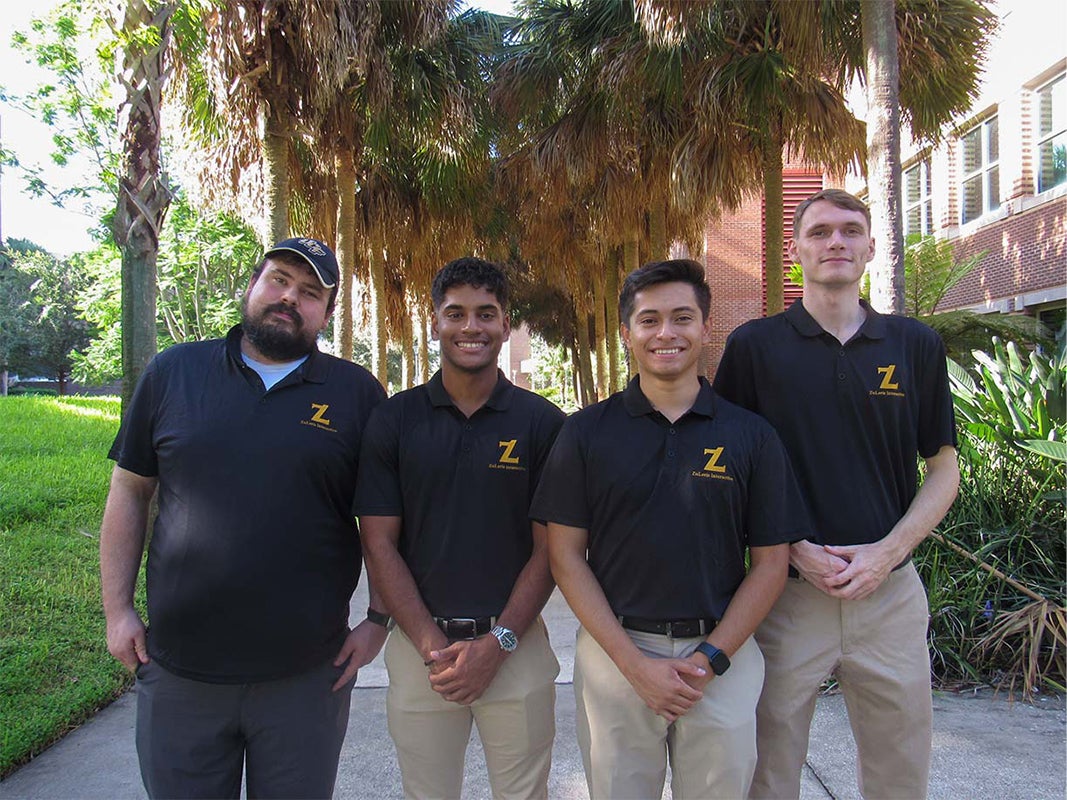Travel
Shorter Wait Times, Less Travel, And Saved Lives: Inside Munson’s New Neurosciences Program

Traverse City’s Munson Medical Center (MMC) is far from Michigan’s biggest hospital. And yet, “some weeks, we are the busiest stroke center in the state, as far as thrombectomies go.”
So says Thomas Schermerhorn, a veteran neurosurgeon with Munson Healthcare and the newly-appointed chief medical officer for MMC. Schermerhorn is also surgical director for Munson Neurosciences, a program launching today (Wednesday) that signals the healthcare system’s attempt to become a formidable player in stroke care, brain surgeries, and more.
“Historically, within neurology and neurosurgery – the two key areas of our neurosciences program – we’ve had long wait times, or patients have had to leave the region entirely to receive care,” says Laura Glenn, Munson’s chief operating officer. “Because of that, we’ve been very focused on recruitment of new providers. We’ve actually tripled the size of our neurosciences team over the last five years, bringing on new neurologists, neurocritical care physicians, and neurosurgeons to dramatically improve access to services. With this official launch, we’re announcing to the community that we now have more providers, better access, and more specialized services that patients used to have to leave the region to have access to.”
In the past, local patients would often need to wait more than a year to see a neuroscience specialist. Those dealing with conditions like chronic headaches, multiple sclerosis, epilepsy, dementia, or post-stroke complications were left with a difficult choice: wait for care locally – and risk deteriorating health – or seek help elsewhere. Now, thanks to facility expansions, technology investments, and lots of recruitment – Munson has onboarded five neurologists, two neurosurgeons, and two neurocritical care surgeons in 2024 alone – Glenn says wait times have dropped to “anywhere between two weeks and four months.”
In total, Munson Neurosciences sees more than 400 patients per month. Being “the busiest stroke center in the state” is a significant milestone for that growth, considering strokes were long one of the medical emergencies local doctors were least equipped to treat.
Schermerhorn says it was a 2015 “randomized double-blind control trial” out of the Netherlands that first pushed Munson to grow its neurosciences division. That study, he notes, “demonstrated the efficacy of treating strokes with a thrombectomy,” – a procedure where practitioners “thread a catheter up through the bloodstream to either break up a blood clot or pull the clot out of the blood vessel.”
“A thrombectomy is used on patients that are suffering what we call large-vessel occlusions, and those patients have historically been bound to have devastating, life-altering, potentially fatal neurologic injuries,” Schermerhorn explains. “Now, with this intervention, 50 percent of those patients will be normal or nearly normal [after treatment].”
For Munson, Schermerhorn says the 2015 study “raised the question of: Are there enough people suffering strokes in northern Michigan to consider developing a thrombectomy program here? And we ultimately determined that, of those that suffer a stroke, get to the hospital in time, have the intervention, and respond positively, that number still ranges between 50 and 80 patients per year that would benefit from a thrombectomy across our region.”
Those revelations inspired significant investments. In 2020, Munson acquired a pair of Biplane Imaging Labs – advanced 3D medical imaging systems that help surgeons locate blood vessel blockages in the brain before a stroke happens, or navigate the brain after a stroke. That same year, Munson hired Dr. Gary Rajah, an endovascular neurosurgeon, to lead its new stroke center. A series of other hires and investments led to MMC earning a Comprehensive Stroke Center certification last year, making it “one of only five rural centers to achieve the comprehensive stroke designation nationally,” according to Schermerhorn.
Schermerhorn says there are dozens if not hundreds of people alive today in northern Michigan who wouldn’t be if MMC hadn’t become a hub for thrombectomies. In 2023 alone, he says, Munson docs performed 110 thrombectomies.
Schermerhon notes that, prior to having thombectomies at Munson, the hospital was limited in what it could do. “We’d get a call three days into hospitalization, when a patient’s brain was swelling to the point of possibly suffering fatal cerebral edema,” he says. “The choice at that point was to remove part of the skull to allow this swelling to dissipate, keeping a person alive but devastated neurologically; or not doing that procedure, and then the person would likely progress to death.”
It’s not just stroke treatments that have gotten a boost. This summer, Munson hired Dr. Neil Klinger, a Harvard-trained neurosurgeon who specializes in treating spinal disorders. Also on staff is Dr. Justine Pearl, a fellowship-trained neurosurgical oncologist who performed the first-ever awake craniotomy in Munson Healthcare history.
“What that procedures allows is for Dr. Pearl to perform a surgery on a brain tumor patient with the patient awake,” Schermerhorn says. “The patient is able to respond to stimuli, to answer questions, to move their arms or move their legs, allowing Dr. Pearl to map with great precision where the important or eloquent regions of the brain are located, versus the boundary with the tumor. That procedure really helps maximize resection [the full removal of a tumor], and it’s something that, prior to Dr Pearl’s arrival and the evolution of the neuroscience team, patients would have had to travel downstate or out of state to receive.”
Munson leaders estimate they are now able to keep roughly 98 percent of neurosurgery cases in northern Michigan.









